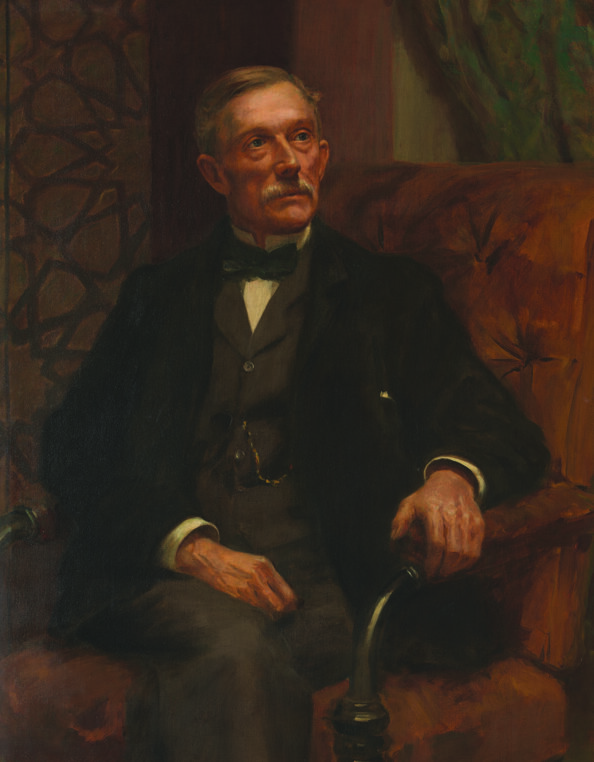
Edward C. Moore was the creative force behind the magnificent and inventive silver produced at Tiffany and Co. during the second half of the nineteenth century. His is a tale of phenomenal artistry, ambition, innovation, and vision. In his drive to study and create beauty, Moore sought inspiration in diverse cultures and geographies. He amassed a vast collection of works of art from ancient Greece and Rome, Asia, Europe, and the Islamic world with the aim of educating and inspiring American artists and designers, particularly those at Tiffany. He believed American art and design could be transformed through study and appreciation of exemplars of historical and international design, and his collection not only revolutionized Tiffany’s silver but also inspired generations of artists, artisans, and the diverse public who have visited the Metropolitan Museum of Art, home to Moore’s collection since his death in 1891.
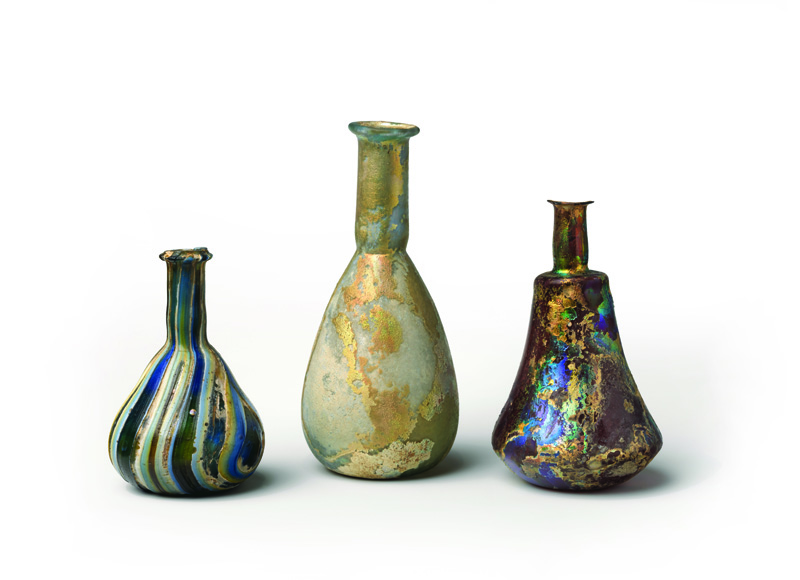
Trained in his father’s New York City silversmithing shop, Moore quickly proved to be a gifted artisan and designer, and at the age of twenty-one had become a partner in John C. Moore and Son.(1) A few years later, in 1851, Tiffany, Young, and Ellis, the predecessor of Tiffany and Co., secured an agreement to be the exclusive retail outlet for silver made by the Moore firm.(2) Edward C. Moore took charge of the family business around that time, and his manufactory on Prince Street was transferred to Tiffany and Co. in 1868 in exchange for cash and shares in the newly incorporated company.(3) Moore became a trustee and the manager of Tiffany’s silverware operations, guiding the design and manufacture of silver bearing the Tiffany mark throughout his career.
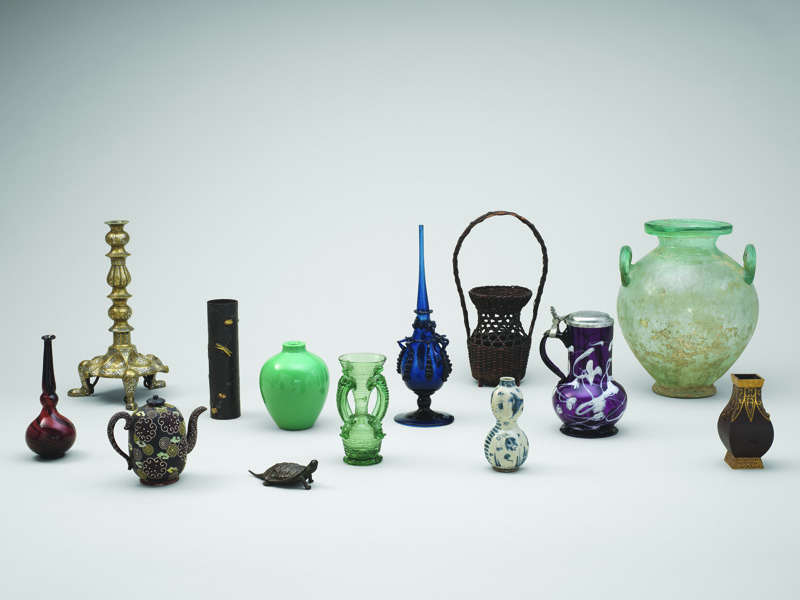
Moore’s work occasioned frequent travel to Europe; he visited Tiffany’s Paris and London stores, the world’s fairs, museums, and art schools. His travels informed and facilitated his collecting and also fueled his commitment to art and design education. Motivated by what he had seen in Europe and keenly aware of the limited educational resources available to artists and craftsmen in New York, Moore established a “school” at Tiffany. To support his educational mission and foster creativity, he set up a design room where a vast array of objects and extensive library were made available to apprentices and staff (Fig. 5). A pioneering force at the vanguard of American collectors, particularly with respect to his interest in non-Western art, he acquired works not to assert financial success or social sophistication but to serve his passion to understand and create beauty. In 1891 The Studio reported that Moore’s collection “has been made with the definite purpose of supplying standards, as perfect as could be obtained, in the several industrial arts. It was therefore Mr. Moore’s wish to communicate the advantages of such a collection to those who could make the best practical use of it, and the designers’ room at the metal-works in Prince Street was always supplied with a selection of the best pieces to serve as models and suggestions for the students and apprentices.”(4) Moore never ceased refining his collection, buying and selling works throughout his life; thousands of objects came into and out of his hands, and by extension the design studio at Tiffany and Co.
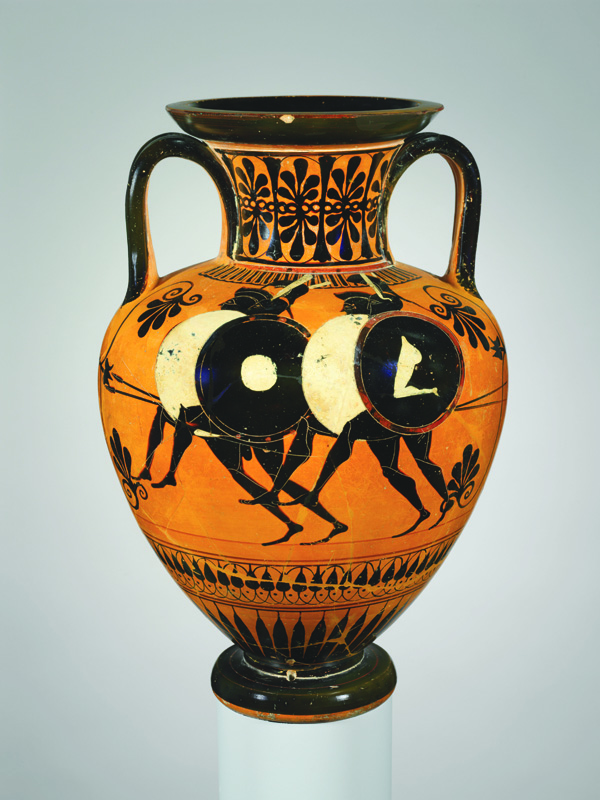
The more than two thousand objects Moore owned at his death and subsequently bequeathed to the Metropolitan Museum offer tantalizing insights into his thinking and aesthetic sensibilities (Fig. 3). Among the varied mediums, forms, dates, cultures, and geographies represented in his collection, some overarching themes and patterns reveal themselves. Moore appears to have been primarily attracted to color and tonal effects, whether in polychrome ceramic glazes or the iridescent and opalescent surfaces of ancient glass (Fig. 2). Certain forms also captured his imagination, such as curvaceous swan-neck glass bottles (a Persian form known as an ashkdan; Fig. 6) and the balanced symmetry of Greek urns (Fig. 4). The collection is a riot of varied textures and patterns, ranging from woven baskets and carved lacquerware to embroidered and brocade textiles (Fig. 11) and inlaid metalwork (Fig. 9), and he had a fondness for whimsical creatures and plants. Moore approached collecting as a formalist whose eye sought artistic inspiration in all things he found beautiful.
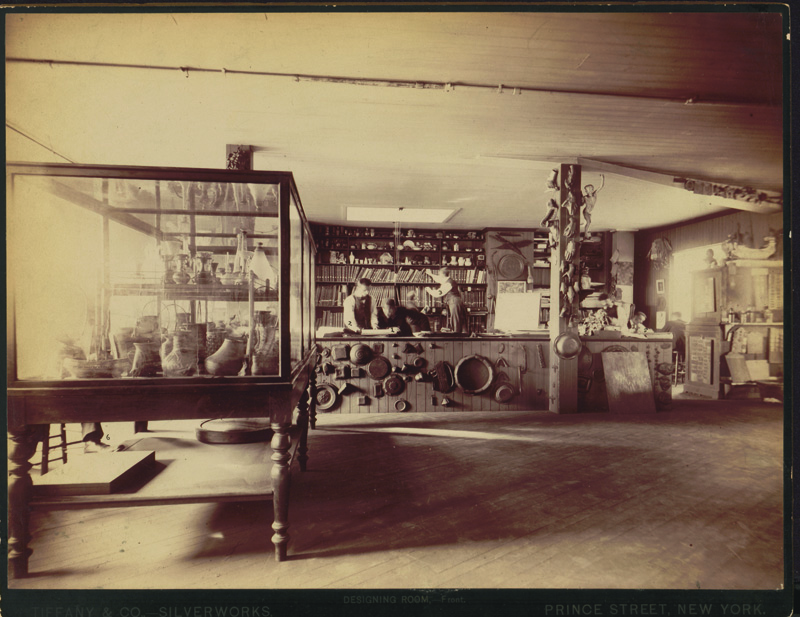
Moore utilized his personal friendships, client relationships, and other professional networks both domestically and abroad to acquire this diverse assortment of splendors. Connections to well-known dealers, collectors, and artists, such as Siegfried Bing, Samuel P. Avery, Alessandro Castellani, Samuel Colman, and Albert Goupil, as well as less prominent figures such as his son William P. Moore, who worked as an art dealer, all facilitated his access to a range of materials, some of which never came to the open market. Archival records suggest that he made a number of significant purchases through private sales and public auctions in Paris, London, and possibly farther afield, including an impressive enameled glass bowl (Fig. 8) and the intricately carved minbar doors featured in his portrait (Fig. 1).(5) The world’s fairs in Paris (1867, 1878, and 1889), Philadelphia (1876), and Vienna (1873) also provided Moore with access to the global market. In New York various auction houses and retail establishments, such as Tiffany and Co., A. A. Vantine and Co., George A. Leavitt and Co., Herter Brothers, and the First Japanese Manufacturing and Trading Company, offered rich inventories of imported decorative art objects and non-Western art to artistically inclined patrons. Moore made key acquisitions through these local outlets, particularly Japanese sword guards, textiles, bronzes, and ceramics (Fig. 12), and continued to build and refine his collection until months before his death.
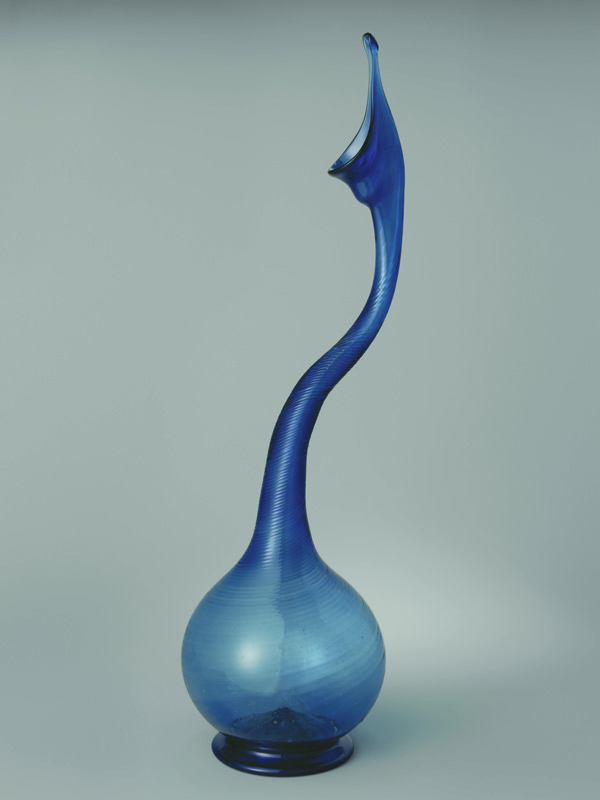
Moore’s collecting, travels, and experience as a silversmith all coalesced in his vision for, and leadership of, Tiffany’s silver division. His ambitious aspirations for the firm to play a leading role on the world stage resulted in unprecedented creativity and productivity. Moore attracted and cultivated outstanding talent and was actively involved in guiding his team. According to an article in the New York Sun, “There can be no doubt that in everything concerning the silver department [at Tiffany] . . . the greatest credit is due to Mr. E. C. Moore. . . . From morning till night he is at the shop, superintending every detail of the work; and when the factory is closed he is collecting and selecting models and designs in bric-à-brac shops, in libraries, or in private collections.”(6) As Tiffany’s designers and craftsmen studied the objects and library Moore made available to them, the number and variety of new hollowware and flatware designs they generated increased. Firm manufacturing ledgers and design drawings reveal that art from ancient Greece and Rome, the Islamic world, Europe, and Asia informed silver designs concurrently and throughout Moore’s tenure.(7) The collections inspired new forms, decorative vocabularies, and materials and techniques. The vase created in honor of the poet and journalist William Cullen Bryant’s eightieth birthday exemplifies designs derived from Greek vases (Fig. 13), while an undulating pitcher ornamented with a sculptural elephant head is a dynamic example of Tiffany’s engagement with works from the Islamic world and the Indian sub-continent (Fig. 15).
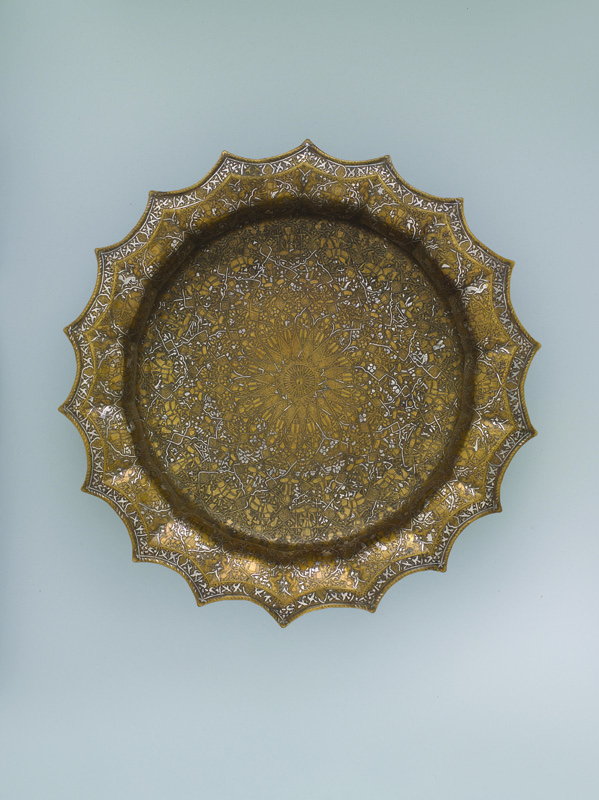
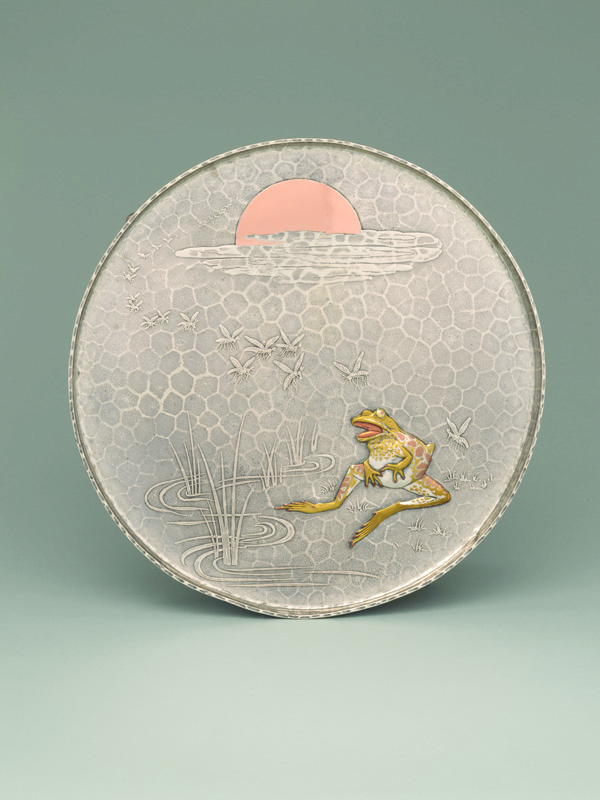
At Tiffany’s design studio and silver works, innovation and experimentation were fostered and rewarded. Moore’s drive to pursue novel color effects, prompted a tireless process of learning and perfecting techniques to enamel silver. When John Mackay, owner of a mine at the Comstock Lode, and his wife commissioned a lavish dinner service of more than 1,250 pieces, Moore and his team decided to ornament the dessert service with enameled decoration despite having never worked with enamels. The results were a great success, and the service was exhibited with much fanfare at the Paris Exposition Universelle in 1878 (Fig. 14). Described in Tiffany records as “[a] mixture of . . . Chinese, Japanese, Persian & Arabian character called by T & Co. Oriental,”(8) the Mackay service’s hybrid aggregation of Asian and Near Eastern sources typified the creative process Moore promoted. The dynamic and rigorous ways in which Tiffany’s designers and silversmiths engaged with Moore’s collections also found particularly striking expression in a red-patinated copper vase accented with silver that appears to be cascading over its lip and down its neck (Fig. 19). Inspired by the red tones in Moore’s glass, ceramics, textiles, and lacquerwares, Moore’s staff devoted considerable time and creative energy to producing red finishes. The trompe-l’oeil effect of the dripping liquid likely references a Japanese bronze vase in Moore’s collection (Fig. 10).
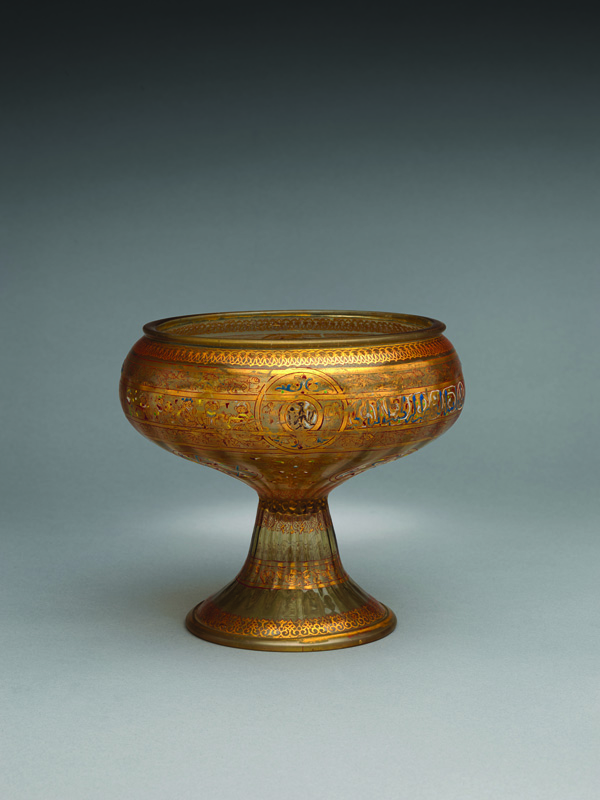
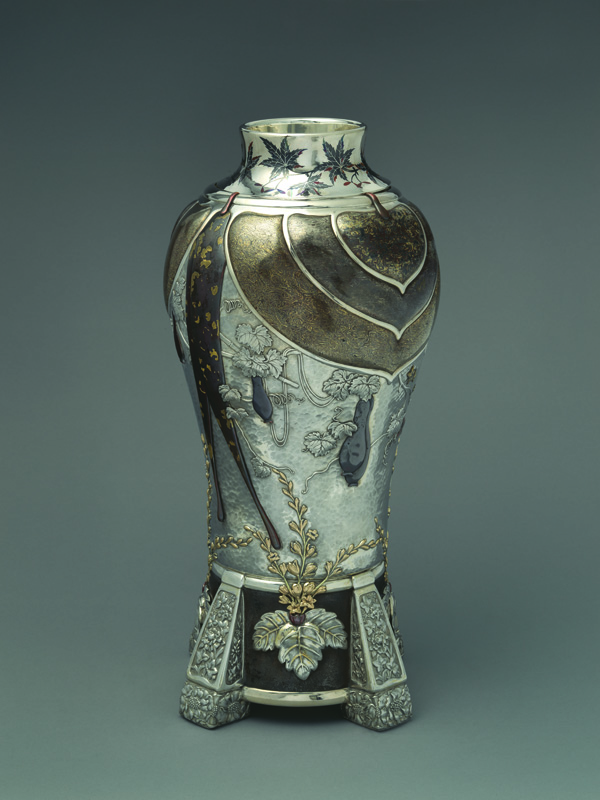
The highly original and technically innovative silver created under Moore’s direction garnered popular and critical acclaim. Tiffany’s award-winning displays at the nineteenth-century world’s fairs helped establish the firm as the leading silversmith of its day. Much of its success and renown derived from the techniques and design sensibilities developed in response to Moore’s collections. Japanese metalware inspired designers and craftsmen at Tiffany to incorporate copper, gold, and various mixed-metal alloys into their silver (Fig. 17). Although they did not know precisely how the Japanese achieved these effects, Moore and his team learned to replicate them through careful study and extensive experimentation. Patterned, laminated alloys, known by the Japanese name mokume-gane, meaning “woodgrain” or “wood eye,” feature prominently in many of Tiffany’s finest and most ambitious mixed-metal wares. The results provide naturalistic effects for butterfly wings, insects, gourds, and other decorative elements. The centerpiece of Tiffany’s display at the 1878 Paris Exposition Universelle was a grand vase—more than twenty inches tall and featuring laminated metals and colored alloys—known as the “Conglomerate Vase” (Fig. 18). With its myriad tones, textures, and patterns, the vase announced to the world that Tiffany had mastered and reimagined Japanese metalworking techniques and design principles. Elite clientele from across the globe, including agents of the Japanese government, clambered to acquire Tiffany’s virtuosic and inventive wares.
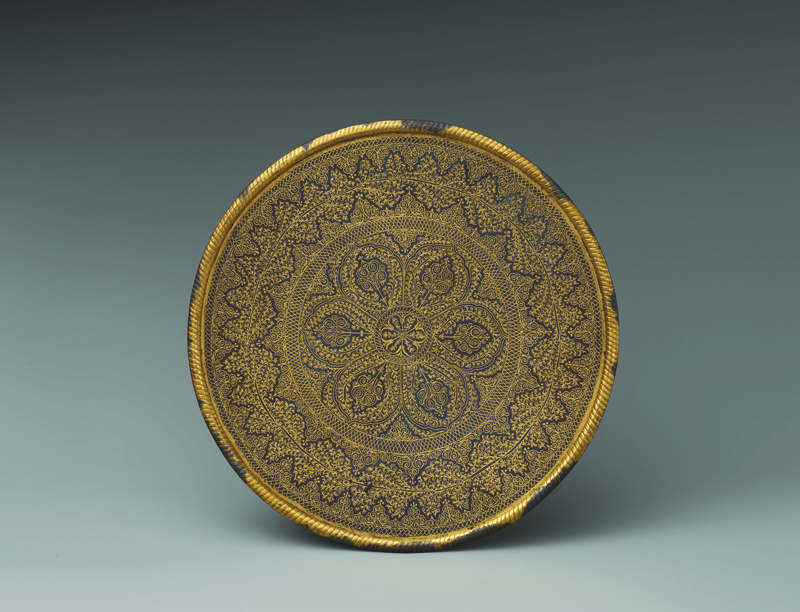
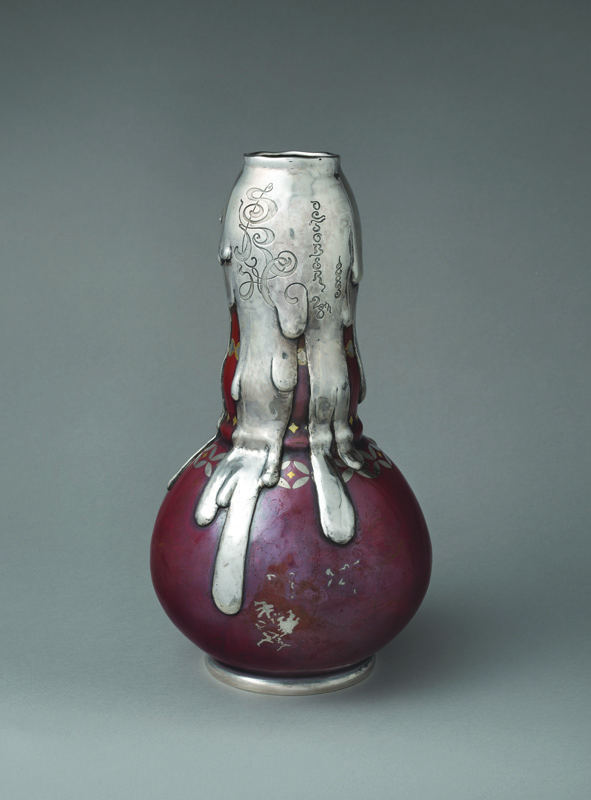
Throughout his career, Moore had a close collaborative relationship with the Metropolitan Museum of Art. He negotiated special access to objects in the museum for his staff, was granted rights to produce and retail copies of works in the Met’s collections, was asked to advise the museum when it established a school to “teach art as applied to industry”(9) in 1879, and loaned Japanese objects on the occasion of the 1880 opening of the museum’s building in Central Park. His passionate belief in the power of objects to educate and inspire prompted Moore to stipulate in his will that his collections be placed in a public institution, and his family appropriately chose the Metropolitan Museum as the recipient of this bequest. The museum’s trustees gratefully accepted the gift on behalf “of all those who as visitors within our doors are going to enjoy these art-treasures not only in our own day but in future years—visitors for whose happiness and instruction this museum was founded.”(10) The gift of over two thousand objects and five hundred books occasioned extensive and enthusiastic press coverage. From the time of the bequest through 1942, the Moore objects were displayed together in a gallery devoted to the collection (Fig. 20). Thereafter, they were dispersed to the different specialized departments that had been established in the intervening years and have never again been exhibited together.
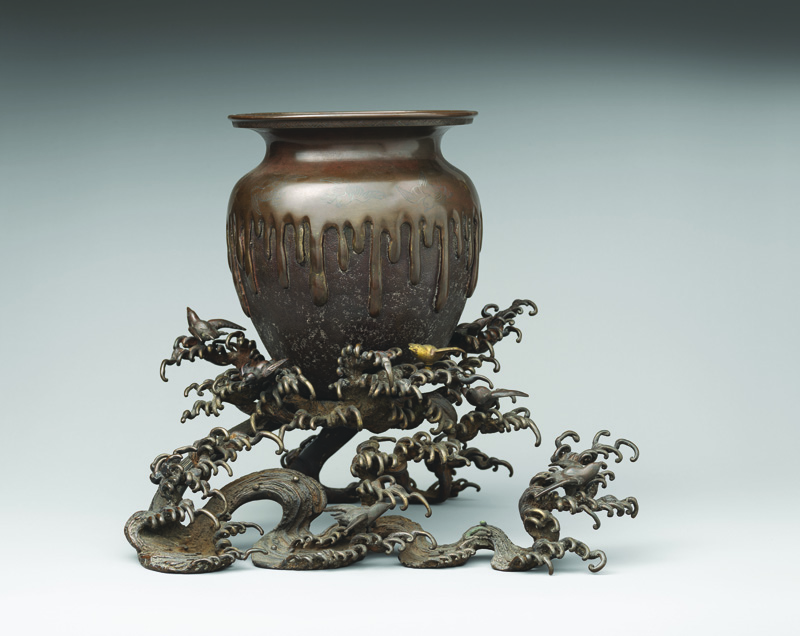
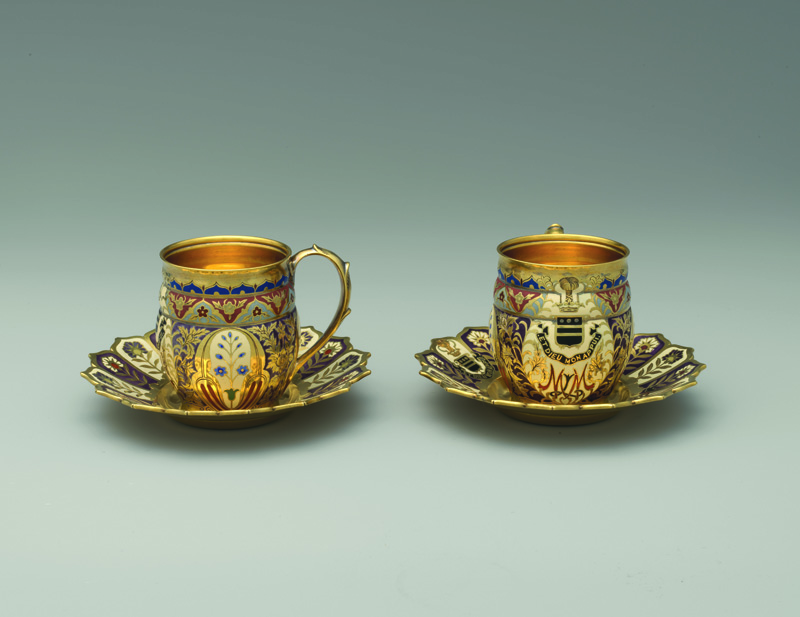
The forthcoming publication and exhibition Collecting Inspiration: Edward C. Moore at Tiffany and Co., which will be presented at the Metropolitan Museum of Art, will reunite select objects bequeathed by Moore, allowing visitors to experience this collection for the first time in more than seventy years. Presenting Moore’s diverse and fascinating collection alongside the exquisite silver created at Tiffany during his tenure, the exhibition will offer enlightening and stunning glimpses into the sources of inspiration and working methods of this defining figure in the history of American silver.
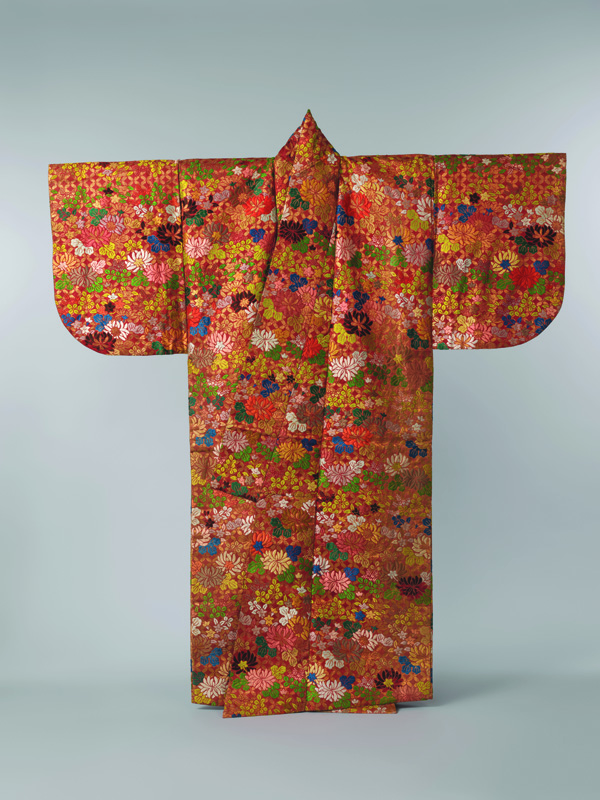
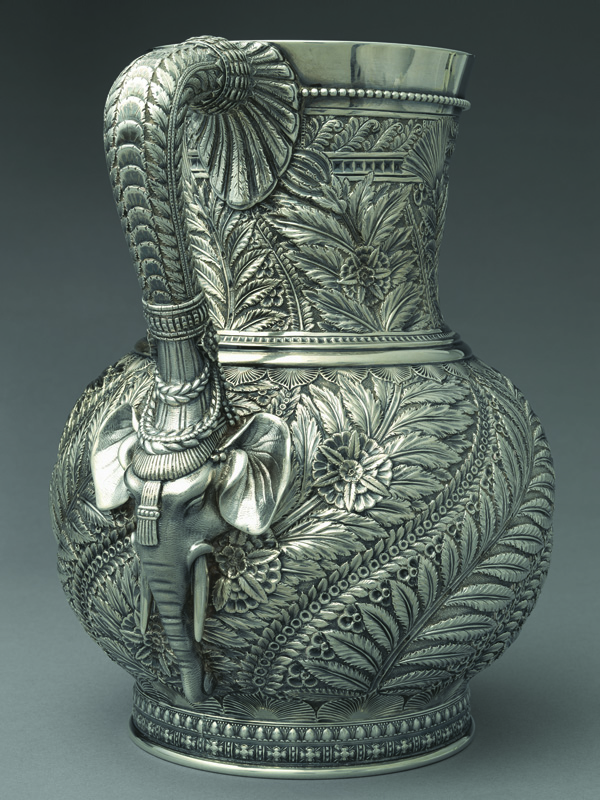
This article is drawn from the extensive research done for the exhibition and catalogue Collecting Inspiration: Edward C. Moore at Tiffany & Co., originally scheduled to open at the Metropolitan Museum of Art on July 6. Medill Higgins Harvey served as the organizing curator and is editor of the catalogue, to be published by the Met, which contains essays by various scholars. Visit metmuseum.org for updates.
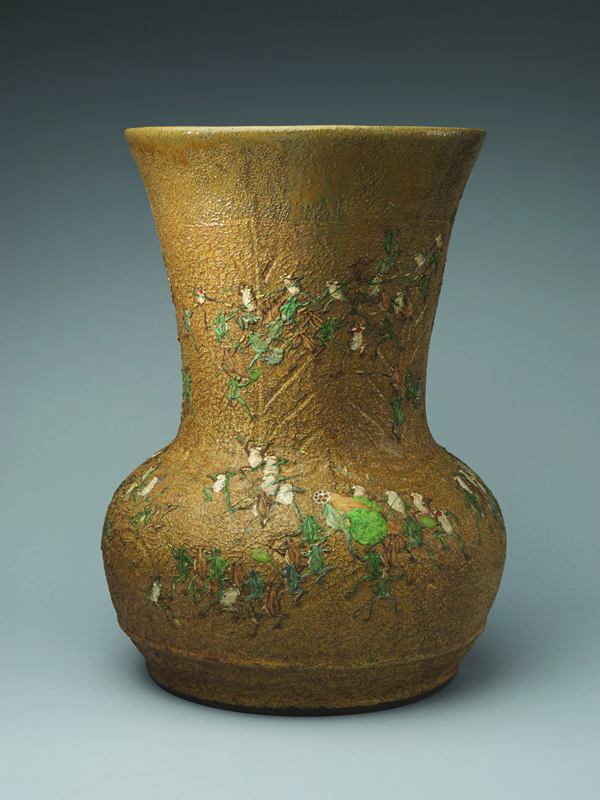
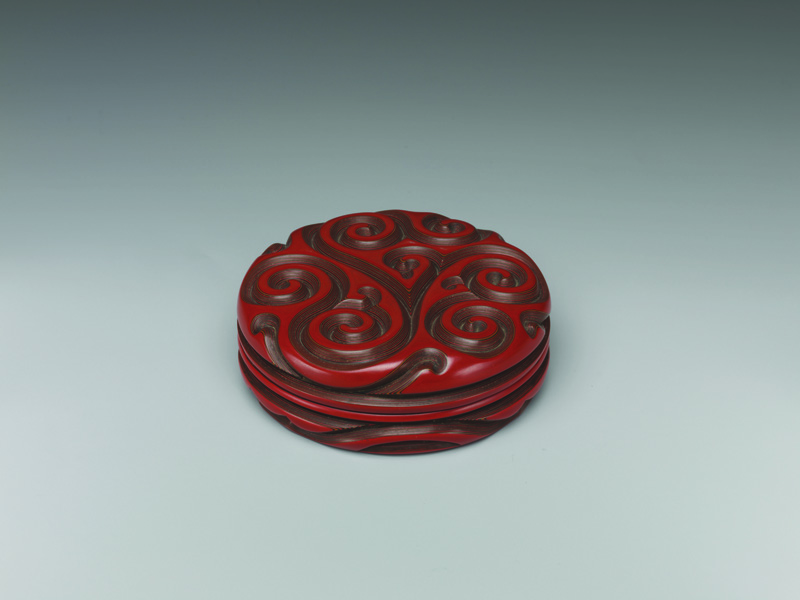
1 Doggett’s New York City Directory, for 1849–1850 (New York: John Doggett Jr. and Co, 1849), pp. 302–303. 2 The date of 1851 for the exclusive agreement between J. C. Moore and Son and Tiffany and Co. appears in various period and secondary sources, including George Frederic Heydt, “A Prince of Silversmiths,” Illustrated American, vol. 8, no. 80 (August 29, 1891), p. 70; “Edward C. Moore” [obituary notice], New York Times, August 4, 1891, p. 5; and Tiffany and Co., Tiffany and Co. [published in conjunction with the Exposition Universelle, Paris] (New York: De Vinne Press, 1889), n.p. 3 1855 New York State Census, special schedule III, Industry Other than Agriculture, New York County, Election District 6, Ward 14, enumerated July 19, 1855, Edward C. Moore [207 Centre Street], found on ancestry.com. See also Heydt “A Prince of Silversmiths,” p. 70; and Charles H. Carpenter Jr. and Mary Grace Carpenter, Tiffany Silver (New York: Dodd, Mead, 1978), p. 26. 4 “Mr. Edward C. Moore’s Gift to the Metropolitan Museum of Art,” The Studio, vol. 7 (December 5, 1891), pp. 5–6. 5 Edward C. Moore Jr. to Sir C. Purdon Clark [sic], March 26, 1908, Edward C. Moore Collection, Correspondence and Will, Office of the Secretary Records, Metropolitan Museum of Art Archives. 6 “An American Success in Paris,” New York Sun, September 29, 1878, p. 3. 7 Special thanks to Annamarie Sandecki, archivist, and her outstanding and gracious team, including Cristina Vignone, Courtney Zusin, Moira Murphy, Stephani Berger, and Amy McHugh, who provided access to the extensive holdings at Tiffany and Co. Archives. 8 “Tiffany and Co. Technical Manual,” pp. 318, 324, Gorham Company Archive, John Hay Library, Brown University, Providence, Rhode Island. Thanks to Ubaldo Vitali, Elizabeth Williams, Spencer Gordon, Mark McHugh, and others who have generously shared their insights on this text. 9 See correspondence between John Taylor Johnston and G. F. T. Reed, Art Schools, Office of the Secretary Records, MMA Archives. 10 Trustees of the Metropolitan Museum of Art to Moore’s executors, November 26, 1891, Edward C. Moore Collection, Correspondence and Will, ibid.
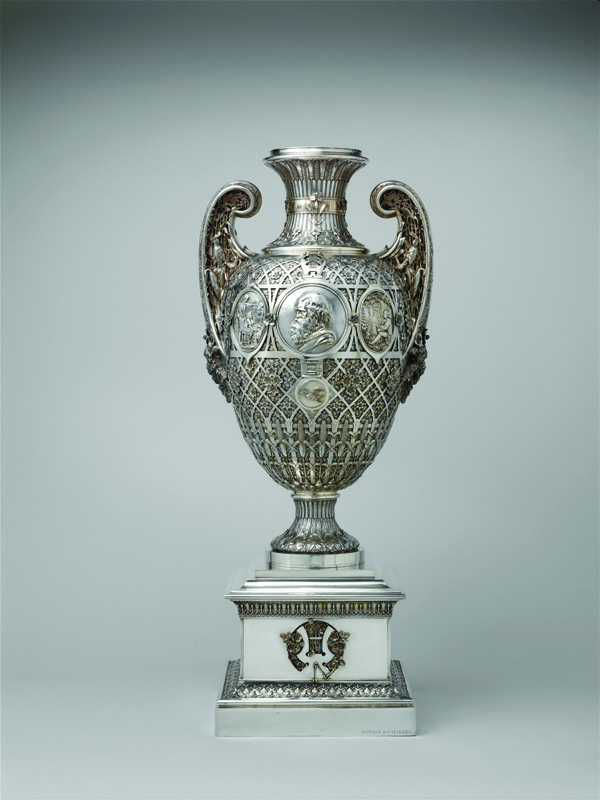
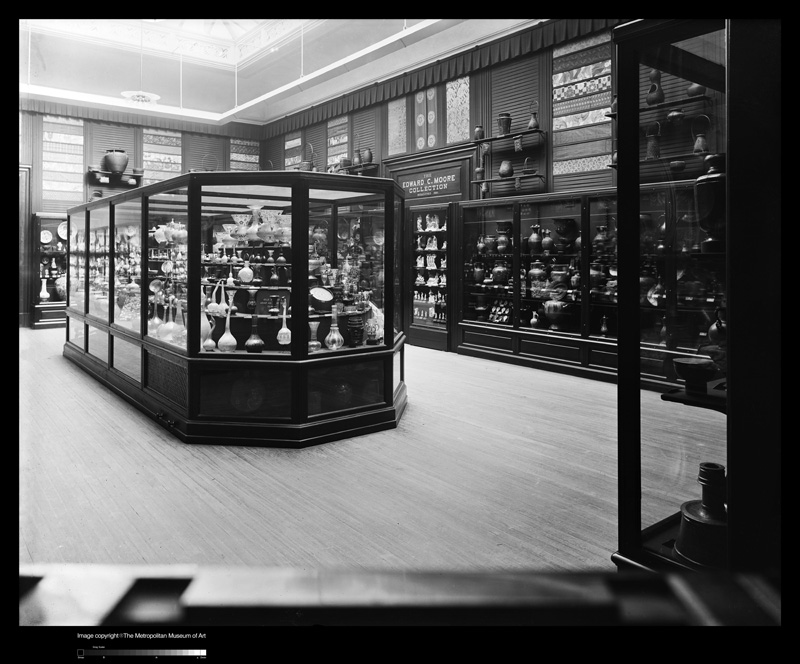
MEDILL HIGGINS HARVEY is associate curator of American decorative arts and manager of the Henry R. Luce Center for the Study of American Art in the American Wing at the Metropolitan Museum of Art.
MOIRA GALLAGHER is a research associate in the American Wing of the Metropolitan Museum of Art.
